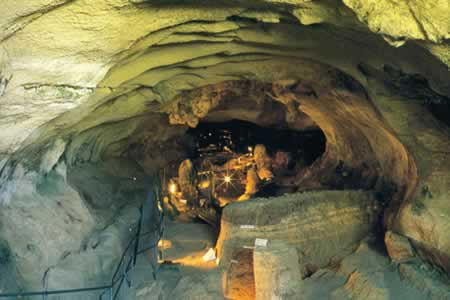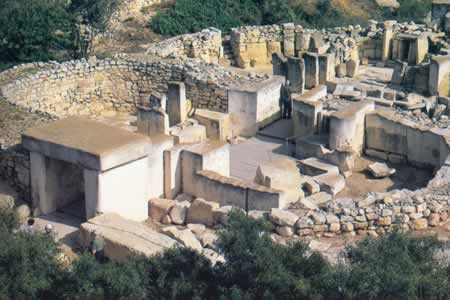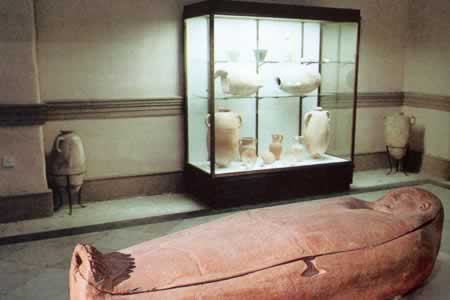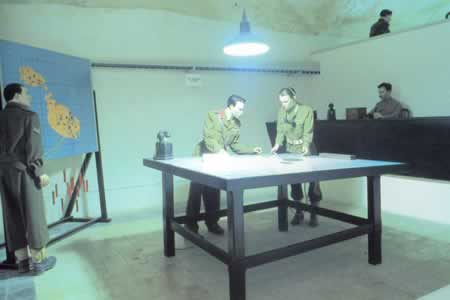



Malta is a very small country with very coloured history. Malta’s history goes back in the Neolithic era around 5,200 – 4,100 B.C. with the Ghar Dalam Cave and the Skorba Temple.

The Temple Period followed the Neolithic are, which lasted until 2,500 B.C. Mgarr, Ggantija and the Tarxien temples are among the few.

After the Temple period Malta moved to the Bronze Age until 700 B.C. The Tarxien Cemetery, Borg in-Nadur Temple, Bahrija Temple and the Cart Ruts are among the ruins of the Bronze Age.
The Phoenicians were great seafaring and trading peoplen who came to Malta around 725 and 218 B.C. and left their mark as other nations of the same period such as the Romans and the Byzantines.

Due to its strategic locations Malta was always a link between Europe and North Africa. The Arabs back in 878 A.D. conquered Malta, and since then, Malta was always considered as an effective connection between Europe and North Africa. This was the same during World War II, while as a British Colony.

This web page gives a very brief overview of our great county’s history. More detailed information about Malta and its archaeology and history can be found in the book “Malta Its Archaeology and History” ISBN 88-7280-704-2 and on the website www.visitmalta.com.